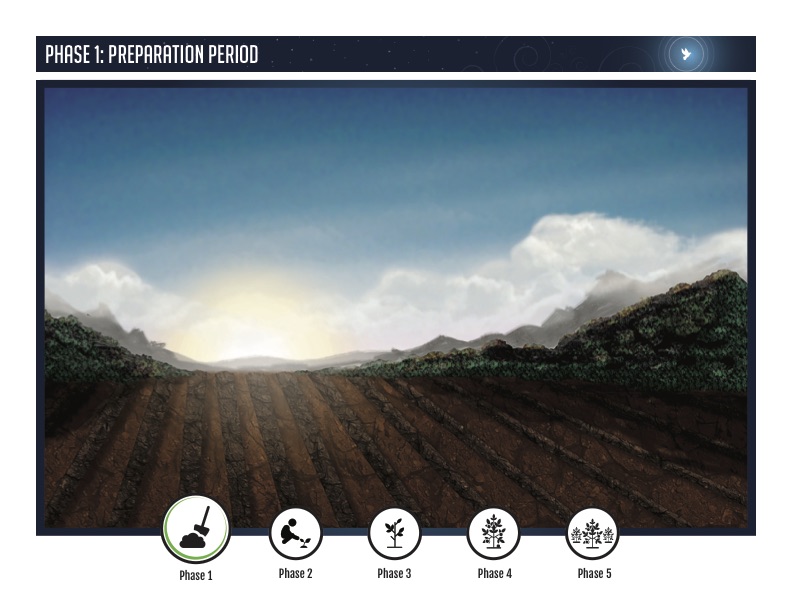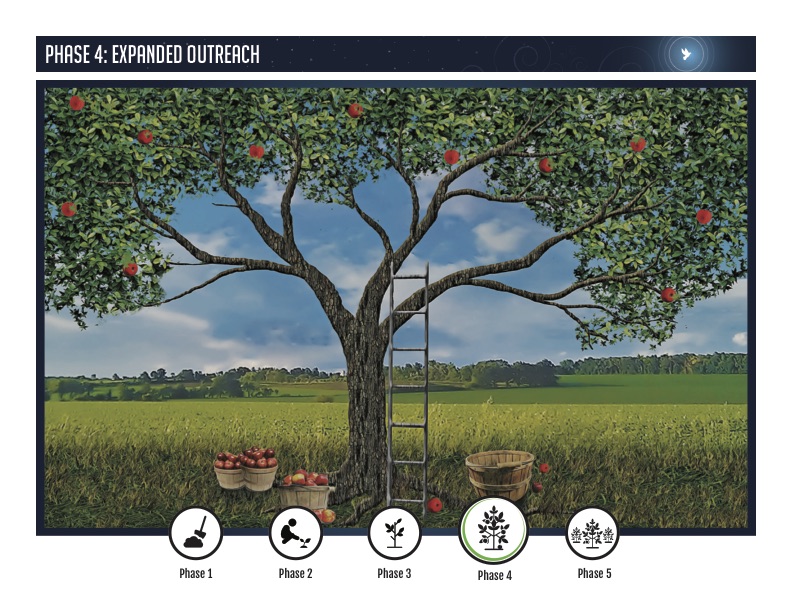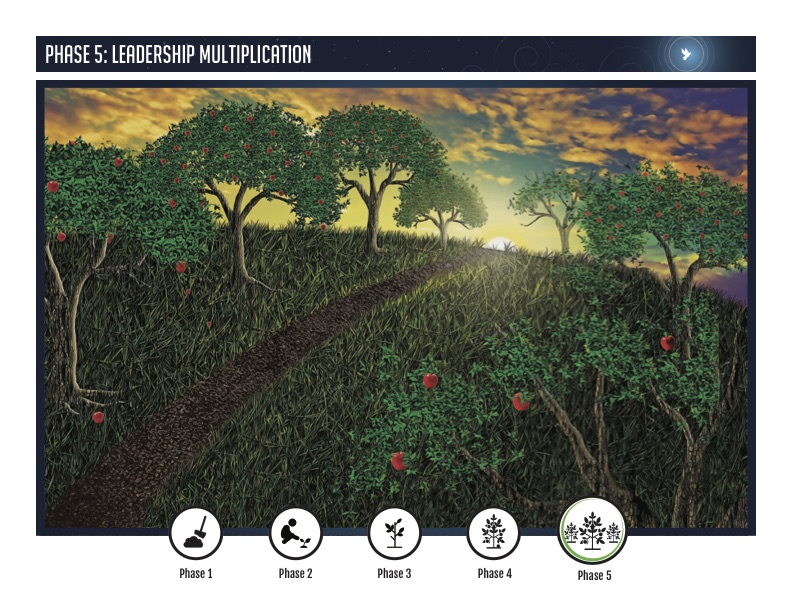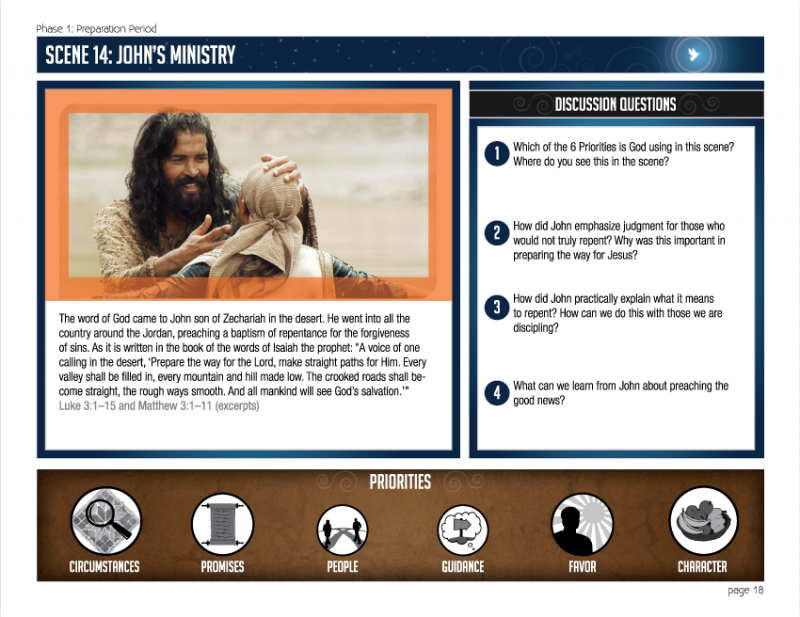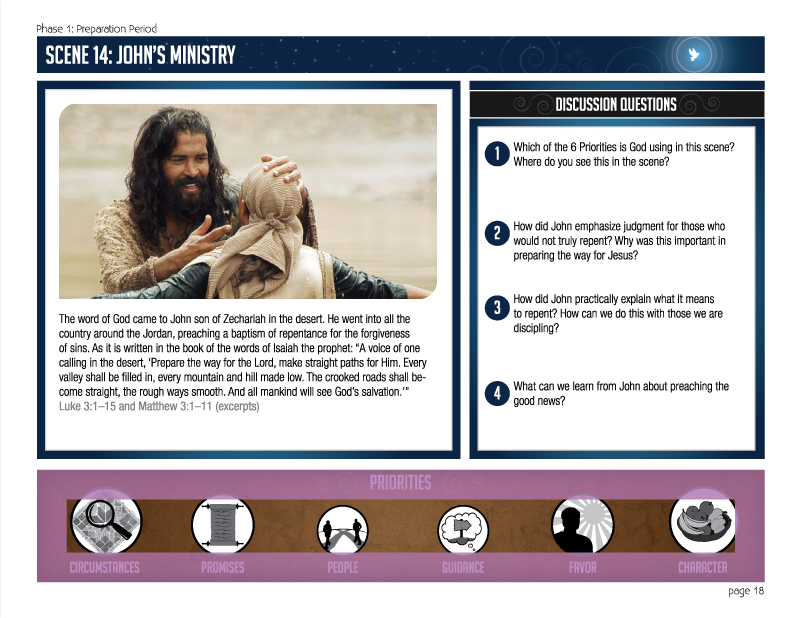Discipleship vs. Disciplemaking
Discipleship is helping a believer mature. But disciplemaking is much bigger. It involves winning the lost for Christ, building believers up, equipping workers to do ministry, and multiplying proven leaders. Many ministries do some form of discipleship, but we focus on disciplemaking, which has a much larger scope. That has made all the difference.
Jesus’ Methodology
By studying the life of Christ chronologically using a Harmony of the Gospels (Robert Thomas and Thomas Gundry) you can see that Jesus had a ministry strategy. His work can be divided into 5 distinct phases. And for each phase, he had very different priorities. Taken together, this is a model for doing ministry in a way that doesn’t just produce converts or disciples, it launches disciplemaking movements.
One Indian theologian wrote this: “The Harmony of the Gospels is a huge scholarly work. This has been simplified for education in the church, and several study materials have been derived from it. Kingdom Rain has converted this material into a 15-day training program covering the four gospels, requiring just three days for each phase of Christ’s ministry.”
Our strategy is three-fold:
We equip leaders on location over a two-year period, taking them phase-by-phase through the process Jesus modeled for building a disciplemaking movement.
We surface key national leaders and encourage and support them to implement Jesus’ disciplemaking strategy.
Our plan is NOT to create a cohort of leaders that depend on us indefinitely for resources and support. Instead, we challenge them to own, lead, and sustain the movement themselves.
The Communication Challenge
Cross-cultural leadership training must address several barriers.
Weak Solutions
There are many well-intentioned but unsuccessful attempts to train leaders cross-culturally.
- Talking Head
The one-way communication model does not allow for interaction and self-discovery. - Fire Hose
The more-is-better approach lacks time for reflection and application. - Flash in the Pan
The make-it-up-as-you-go approach momentarily inspires but fails to transfer or reproduce. - Parachute Jumper
The parachute-in-from-time-to-time approach lacks continuity of support, leading to unsustained results.
Effective Solution
A close look at Christ’s life reveals the teaching methods he used.
- Learner-Centered
Jesus asked provoking questions that prompted self-discovery. - Interactive
He involved the disciples in ministry and took time for debriefing. - Practical & Memorable
He turned everyday experiences into stories and teachable moments. - Relational
He mentored those he taught, providing an up-close example they could follow.


Training: Curriculum in 5 Phases
Jesus modeled an intentional strategy for building a movement of disciples who make disciples. We’ve designed a training module for each phase of his ministry. Each module guides leaders chronologically through the events of Jesus’ life, helping them discover the priorities he demonstrated.
“This simple, graphic approach is so effective that it can even be taught across cultures to illiterates.” —pastor in India
Key Features




Priorities
In each phase Jesus introduces new priorities. Leaders identify those priorities as they study his life. Then they apply these priorities in their own ministries as they go through each phase. Each priority is illustrated with symbols.
Interactive Training
Our goal is not just information transfer. To effectively reach a culture we must first reach a disciple’s head, heart, and hands. The curriculum uses a variety of training methods:
- Nationals create songs that make training memorable
- Video segments bring biblical narrative to life
- Hand motions aid retention
- Discussion encourages community
- Writing and storytelling deepen the learning
- Leaders practice building teaching skills
